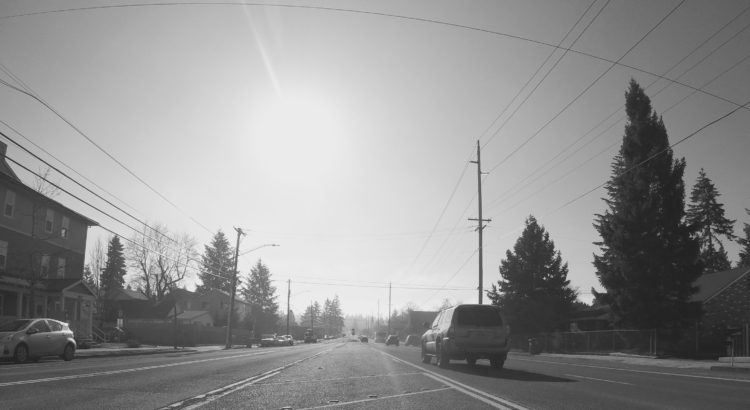Free time and motivation are two factors that influence your fitness. But what about where you live? How does your environment contribute to how often you exercise or engage in physical activity outside of your home?
The public health community uses the term “food desert” to describe neighborhoods that lacks easy access to fresh fruit, veggies, and other items that constitute a healthy diet. These are places where you can’t readily walk, drive, or take the bus to a nearby supermarket or well-stocked grocery store. If you’re hungry, you’ll have to buy food at a convenience store or a fast food chain – not your best options if you are trying watch what you eat. Not surprisingly, if you live in a food desert, your health is at risk especially due to diabetes and obesity.
The concept of a food desert is a useful tool for understanding how your environment and nutrition fit together. It’s time we apply the same framework to the intersection of the environment and your level of physical activity.
5 Signs of a Physical Activity Desert
-
Automobile dominance
Multilane roadways and high car volume aren’t conducive to pedestrian traffic. In such places, just trying to cross the street on foot or on your bicycle can be a life or death experience. It’s hard to be active if you’re constantly worried about being run over!
-
Broken sidewalks
Rolling your ankle or being pushed out into traffic don’t make great incentives to walking or jogging. And, in low-income neighborhoods, poor sidewalk conditions are associated with higher rates of obesity. Access to safe walkways is one foundation to frequent physical activity.
-
Lack of parks and other recreation facilities
This shouldn’t come as a surprise, but children living in areas without access to parks or recreation facilities are less active than those in other neighborhoods. Remember food deserts. Proximity and access to safe movement opportunities are essential if you want to be more physically active.
-
Bad lighting and nowhere to sit
The built environment might not have as profound an influence on your health as food security, employment, or other stressors, yet it’s still a piece of the puzzle. Without good lighting, exercising at night isn’t as safe. Without park benches and other places to sit, children and older adults don’t have a place to rest when they’re tired. What’s the result? Less physical activity.
-
Urban blight
Abandoned buildings and empty lots don’t make for an attractive environment. People are drawn outside when an area is well maintained and lined with trees. It’s not just an aesthetics thing either. A street’s appearance provides clues about the safety of a neighborhood. The threat of crime is a powerful disincentive to your fitness routine.
I’m sure that you could come up with additional environmental markers, but these five categories are the big ones that stand out in the literature. Whether or not you live in a neighborhood that looks like the one described above, consider its effect on the physical activity of its residents.
Imagine what it must be like to live in an area like that, and be told over and over that a healthy lifestyle requires more frequent exercise. It would be incredibly frustrating, wouldn’t it?
We’re not just talking about how physical activity relates to diabetes and obesity either. Think about the implications on healthy aging. As a physical therapist, I often recommend that older adults establish a daily walking program. Yet, if the environment outside one’s front door isn’t conducive to walking, that’s not a reasonable goal is it?
If you work in healthcare or fitness, and you want improve the health of a population, then efforts at behavior change alone are not sufficient. You must also promote local laws that make neighborhoods safe for exercise. After enough effort, perhaps we can transform physical activity deserts into robust, movement-rich jungles. Let the work begin.

